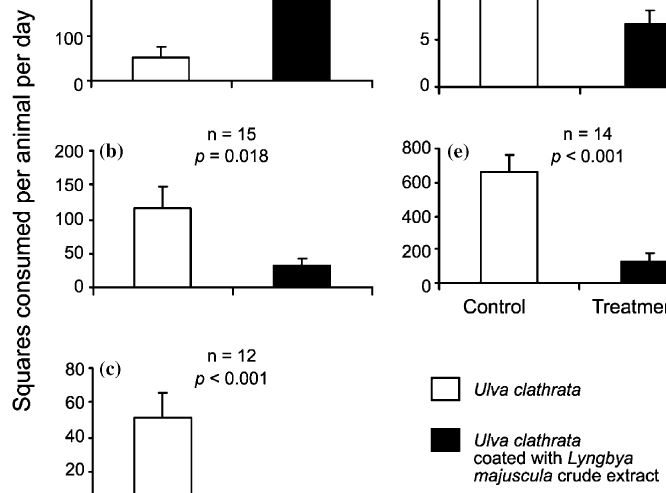Life History & Behaviour
Spermatozoal Ultrastructure
The Menaethius monoceros spermatozoon has a depressed and perforate operculum (Jamison et al. 1998; Tudge et al. 2014) (fig.2, left). On the other hand, there are also 3 lateral arms (fig. 2, right)made of microtubules and chromatin that other species only have lateral armsmade of either microtubules or chromatin (Jamison 1994). In addition, permatophores of M. monoceros usually only contains one spermatozoon which is only specific to M. monoceros (Tudge et al. 2014).
 
Figure 2. Left: Transmission electron micrographs ofMenanethius monoceros spermatozoa longitudinalsection (Tudge et al. 2014). Right: Apical view of spermatozoon of Menaethius monoceros (Tudge et al. 2014).o, operculum.
Zoeae (larval stage)
Zoeae of Menaethius monoceros do not have adorsal spine on their carapace (Guerao & Abello 1996; Ko 1998; Pohle & Marques 2003) or seta on the proximal segment of the maxillule (Ko 1998). Other than that, it also has a protruded forehead, short rostral spine and bilobed maxilia coxa (Pohle & Marques 2003).
Diet
Menaethius monoceros is a generalist mesograzer (Cruz-Rivera & Paul 2006) that consumes a variety of algae (Capper et al. 2006; Cruz-Rivera & Paul 2006) and seaweed. However, it has its own preference of algae. Cruz-Rivera and Paul (2006) conducted anexperiment, aimed at studying the food preference of different mesograzers. And they found that M. monoceros has a strong preference of the red algae, Acanthophora spicifera (p=0.002) (fig. 3), which is a relatively low preference food for other mesograzers. In addition, it consumed other diet less with no significant statistical difference.
Other than having a preference of algae species, the occurrence of particular chemicals could also alter Menaethius monoceros’ herbivory behaviour. Capper et al. (2006) conducted another experiment to study the effect of the secondary metabolites of Lyngbya majuscule, a cyanobacteria species, on different mesograzers, including M. monoceros. L. majuscule usually produces toxic secondary metabolites, lyngbyatoxin-a (LTA) and debromoaplysiatoxin (DAT), with unknown reason when it forms blooms (Capper et al. 2006). The result showed that the occurrence of toxins deterred feeding by M. monoceros significantly (p=0.018) (fig. 4) (Capper et al. 2006).
%20and%20cyanobacteria%20(hatched%20bars).JPG)
Figure.3 Feeeding preference of Menaethius monoceros on mesograzers on macroalgae (open bars) and cyanobacteria (hatched bars) (Cruz-Rivera and Paul 2006)

Figure 4. Guam pair-wisre choise assays of Menaethius monoceros (b) (Capper et al. 2006)
|